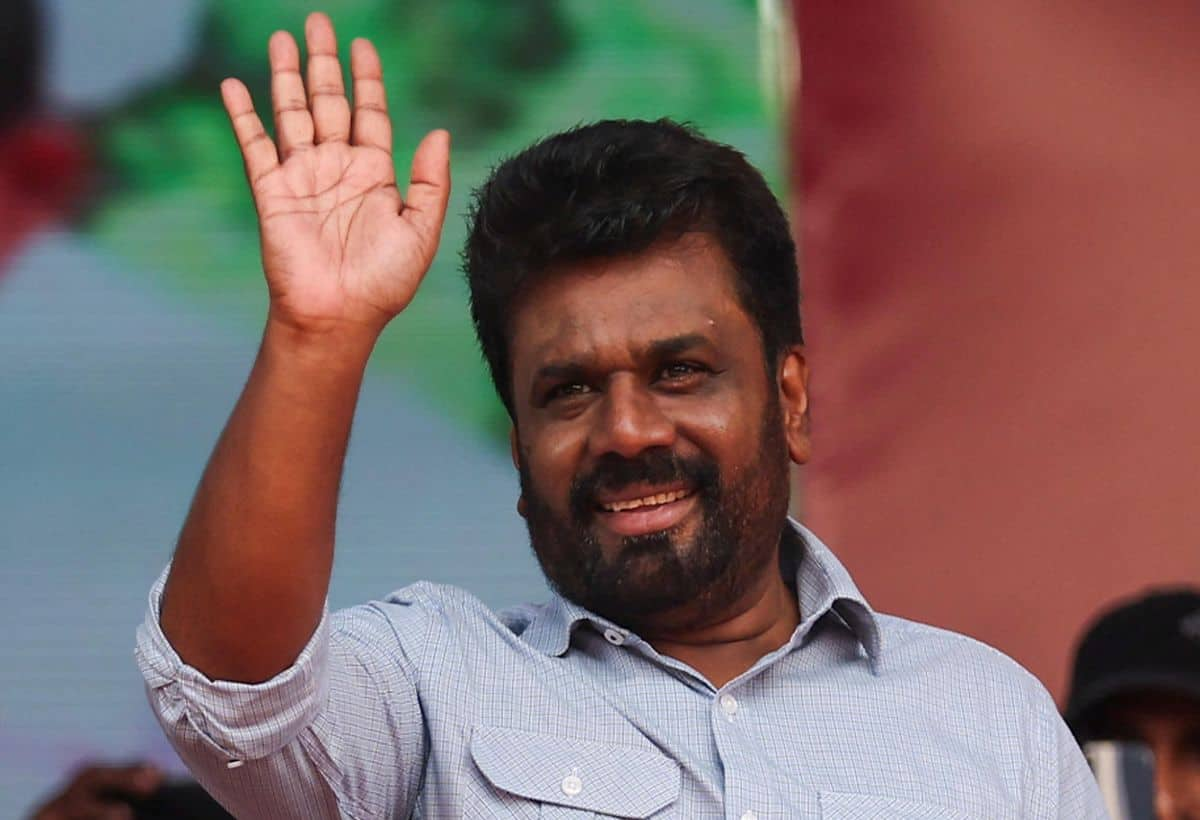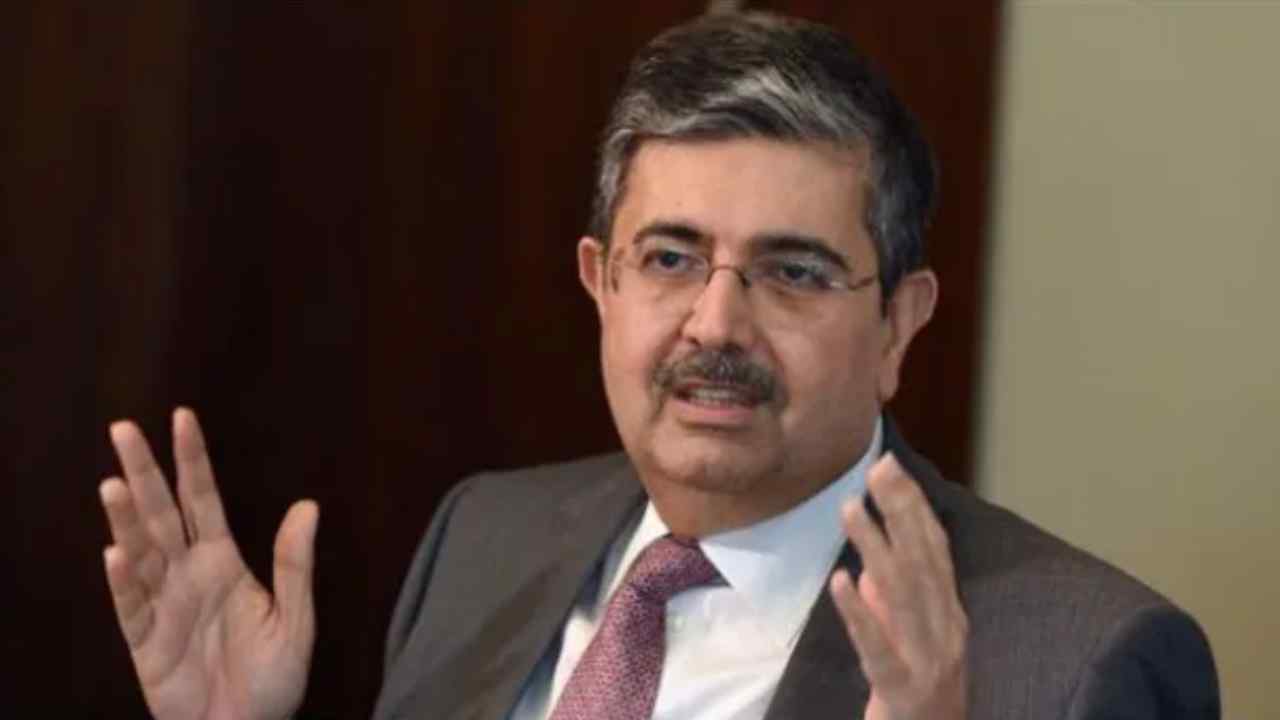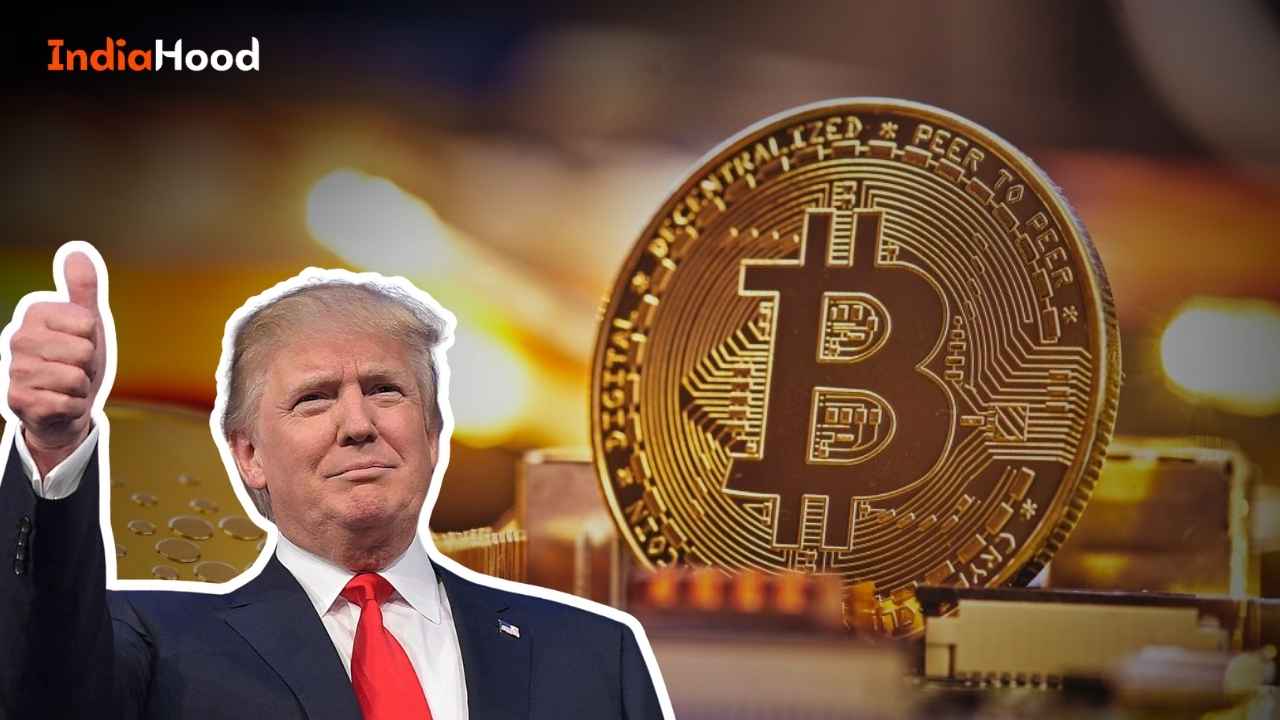From Crisis to Change: Anura Kumara Dissanayake Emerges as Sri Lanka’s New President
Sri Lanka has witnessed a dramatic political shift in recent years. From the rise of right-wing president Gotabaya Rajapaksa, who took office in 2019 amidst promises of a prosperous future, to an unexpected financial collapse that fueled public unrest, the nation has seen the pendulum swing from extreme right to left in a remarkably short period of time. This culminated in the election of Anura Kumara Dissanayake, the leader of the National People’s Power (NPP) party.
A Historic Election Outcome
On September 22, the Sri Lankan Election Commission announced that Dissanayake had triumphed in the presidential election following an unprecedented second round of counting. At 56, he has made history as the new prime minister and now officially holds the highest office in the country. The former runner-up, Sajith Premadasa of the Samagi Jana Balawegaya (SJB), fell short of the votes required to challenge Dissanayake in the decisive round.
The Political Landscape
The previous president, Ranil Wickremesinghe, found himself out of the race early on, failing to secure a position in the top two candidates. This election marks a significant departure from traditional voting patterns in Sri Lanka, as no candidate has ever required a second round to determine a victor. Dissanayake will be sworn in as the country’s ninth president on September 23, following this historic electoral event.
Anura Kumara Dissanayake: A Glimpse Into His Life
Hailing from the Anuradhapura district, Dissanayake grew up in humble beginnings, with a father who worked as a farm laborer. His rise to political prominence is emblematic of a shifting power dynamic in Sri Lanka, moving from a concentrated elite in Colombo to representation from the working class. Notably, Dissanayake is only the second president in the nation’s history to come from a lower-class background, following Ranasinghe Premadasa, who assumed office in 1988.
Political Journey
Dissanayake’s political career gained momentum in the 1990s as he emerged as a student leader advocating for communist ideologies on the island. The trajectory of his party, the Janatha Vimukthi Peramuna (JVP), shifted dramatically after its founder, Rohana Wijeweera, was assassinated, moving from extremist views to seeking democratic means for political change. Dissanayake entered parliament in the year 2000 and was appointed as a cabinet minister during President Chandrika Bandaranaike Kumaratunga’s government, although he resigned after a year. Most recently, he has served as the opposition chief whip in parliament, holding only two significant roles since his election to parliament two decades ago.
Implications of His Presidency
This political shift signals a possible transformation in Sri Lanka’s governance, policy-making, and economic management as the country grapples with the aftermath of economic turmoil. The election of Dissanayake reflects the changing aspirations of the Sri Lankan populace and the growing acceptance of leftist ideologies in mainstream politics. His administration will likely focus on addressing the immediate needs of the working class and restoring stability within the national economy.











